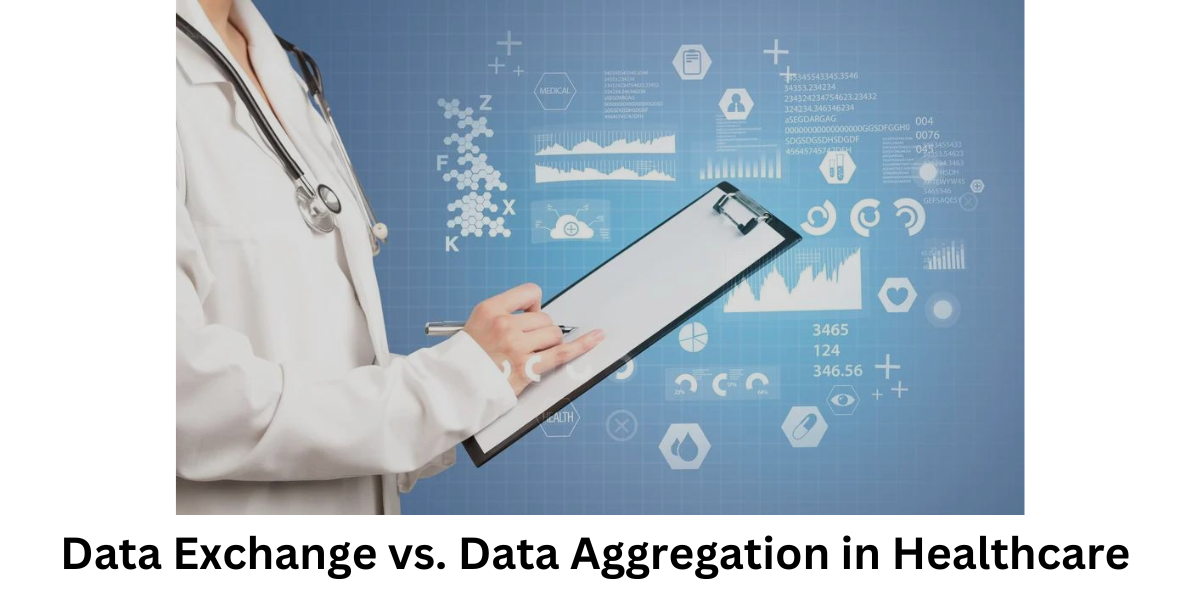In the complex world of healthcare data management, two terms frequently surface – Data Exchange and Data Aggregation. Though they may appear synonymous at first glance, delving deeper reveals distinctive purposes and impacts. Let’s unravel the intricacies of these two concepts to comprehend their roles in shaping the healthcare landscape.
Understanding Data Exchange
Data exchange, in the healthcare sector, pertains to the process of taking data from one source, compressing it, and transmitting it to another. This transactional experience is at the core of Electronic Health Information Exchange (HIE), enhancing the efficiency, quality, safety, and cost-effectiveness of patient care.
Ideally, data exchange should equip physicians with comprehensive medical records, facilitating more informed patient treatment. However, it’s not as concise as it seems. Present standards still suffer from ‘lossy,’ where valuable data is lost during extraction, packaging, shipping, and reintegration into new medical records. Additionally, not all healthcare providers have the infrastructure to support seamless data exchange.
While data exchange streamlines the request/response process, it primarily resembles email in its function rather than the robust ‘big data analytics’ prevalent in various industries, including healthcare. Though valuable in specific scenarios, mistaking data exchange for the foundation of VBC, which emphasizes population analysis and informed decision-making, is a common pitfall.
The Significance of Healthcare Data Aggregation
Conversely, data aggregation in healthcare involves amalgamating diverse data elements into a unified data repository like:
- Health information
- Financial data
- Lab results, and more.
This consolidated dataset enables simultaneous processing, unveiling insights, trends, and predictions.
Aggregation serves as the bedrock for transitioning from volume-based to value-based care. It empowers organizations to examine data comprehensively, revealing nuances that might remain hidden in individual patient records.
For instance, a healthcare institution could uncover that patients visiting a specific specialist receive prescriptions for older, costlier, and less effective drugs compared to those visiting other specialists. Such revelations, only possible through healthcare data aggregation, enable informed decision-making.
Data aggregation in healthcare transforms raw details into practical insights. Physicians can use this data to predict outcomes and prescribe suitable treatments, enhancing the quality of care. While data from a single patient offers momentary assistance, it falls short of delivering the transformative intelligence that aggregation provides.
Synergy of Data Aggregation and Data Exchange
In the healthcare landscape, it’s crucial to recognize that both data exchange and healthcare data aggregation play pivotal roles. They should ideally complement each other to optimize acquisitions and thrive in VB care. However, it’s imperative not to conflate the two, as they differ significantly in meaning, purpose, and outcomes.
Learn more about advanced healthcare and receptive platforms at Persivia.

